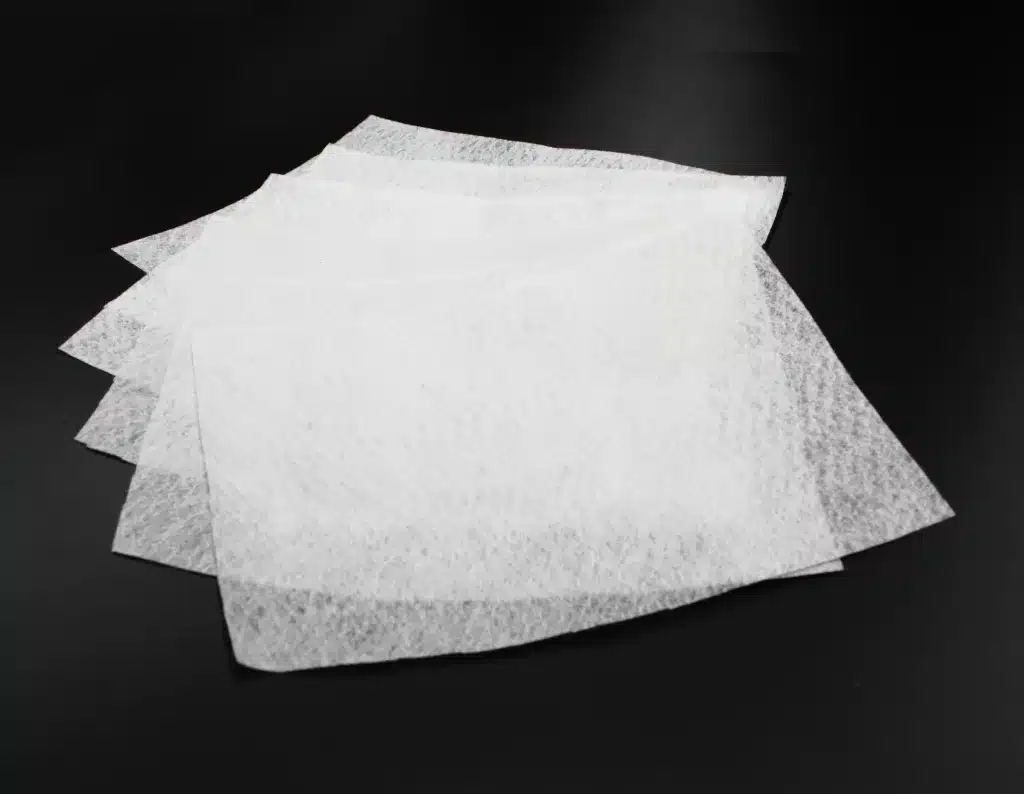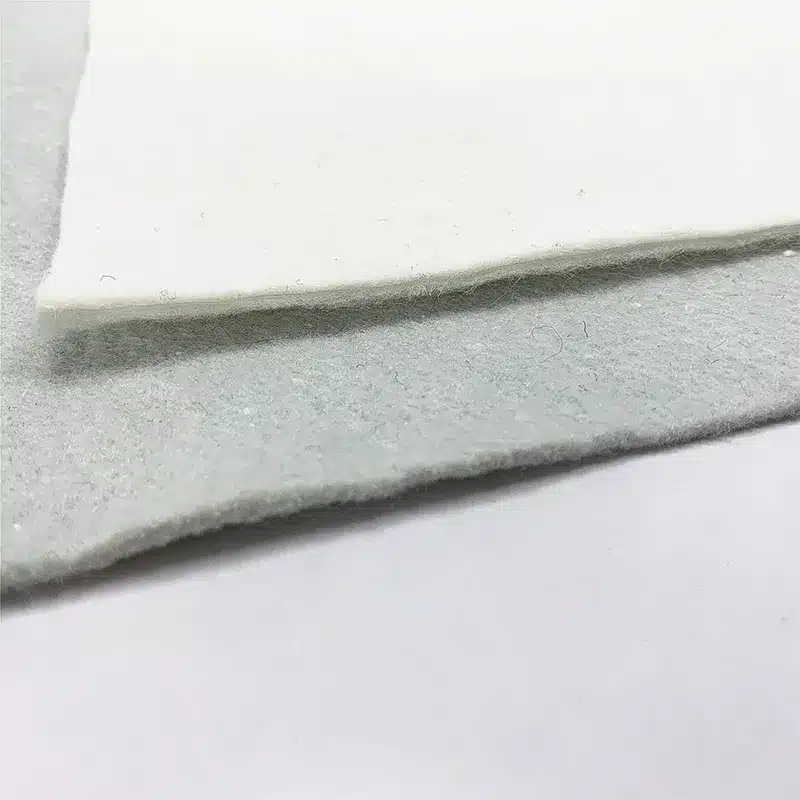+86-159 9860 6917
info@geofantex.com
geofantex@gmail.com
+86-400-8266163-44899
Erosion control is a critical concern in environmental management, affecting everything from infrastructure safety to the health of ecosystems. Synthetic geotextile fabric erosion blankets offer a practical and effective solution for managing soil erosion in various settings. This article explores the use, benefits, and materials of geotextile fabrics in erosion control, providing insights into why they are becoming a cornerstone of sustainable environmental practices.
What is geotextile fabric for erosion?
Geotextile fabric for erosion is a permeable textile material used to protect soil in areas prone to erosion by water or wind. Made typically from synthetic materials like polyester or polypropylene, these fabrics are designed to allow water to pass through while keeping soil in place. Their primary function is to stabilize the ground and support vegetation growth, which can help mitigate soil erosion and naturally help to further reduce erosion over time.

How are geotextiles used in erosion control?
Geotextiles are used in a variety of ways to combat erosion. One common application is in areas with varying elevations where water runoff causes significant soil loss. Here, geotextiles are installed beneath the top layer of soil to reinforce the ground and prevent the soil from washing away. Additionally, they protect soil surfaces from the tractive forces of moving water or wind and rainfall erosion. They are also used in constructing retaining walls, shorelines, and landscaping, where they act as a filtration layer, separating fine soil particles from water or other materials.
What are erosion control blankets made of?
Erosion control blankets (ECBs) are made of organic or synthetic materials, or sometimes a combination of both. Organic blankets, made from materials like straw, coconut fiber, cotton, wood, and jute, are biodegradable and integrate into the soil over time. Synthetic blankets, on the other hand, are made from durable materials like polypropylene or polyester, which are chosen for their longevity and resistance to environmental degradation. These synthetic fabrics are especially useful in areas where long-term erosion control is needed.
What is the best material to prevent erosion?
The best material to prevent erosion depends on the specific conditions and requirements of the site in question. Organic mulches, such as straw and wood fiber, along with other biodegradable organic materials, are ideal for short-term projects or areas that support vegetation regrowth, as they improve soil health and degrade naturally. For long-term stability, especially in areas with severe erosion or harsh weather conditions, synthetic materials like those used in synthetic geotextile fabric erosion blankets are preferred due to their durability and effectiveness in soil stabilization.
Synthetic geotextile fabric erosion blankets represent a significant advancement in erosion control technology. Offering both flexibility and strength, these materials are essential tools in the fight against soil erosion, providing solutions that are both effective and environmentally sensitive. Whether used alone or as part of an integrated erosion control system, synthetic geotextiles help protect landscapes, infrastructure, and ecosystems from the destructive forces of erosion, marking them as a key component in sustainable environmental management strategies.



Get Free Sample
We’ll respond as soon as possible(within 12 hours)






















